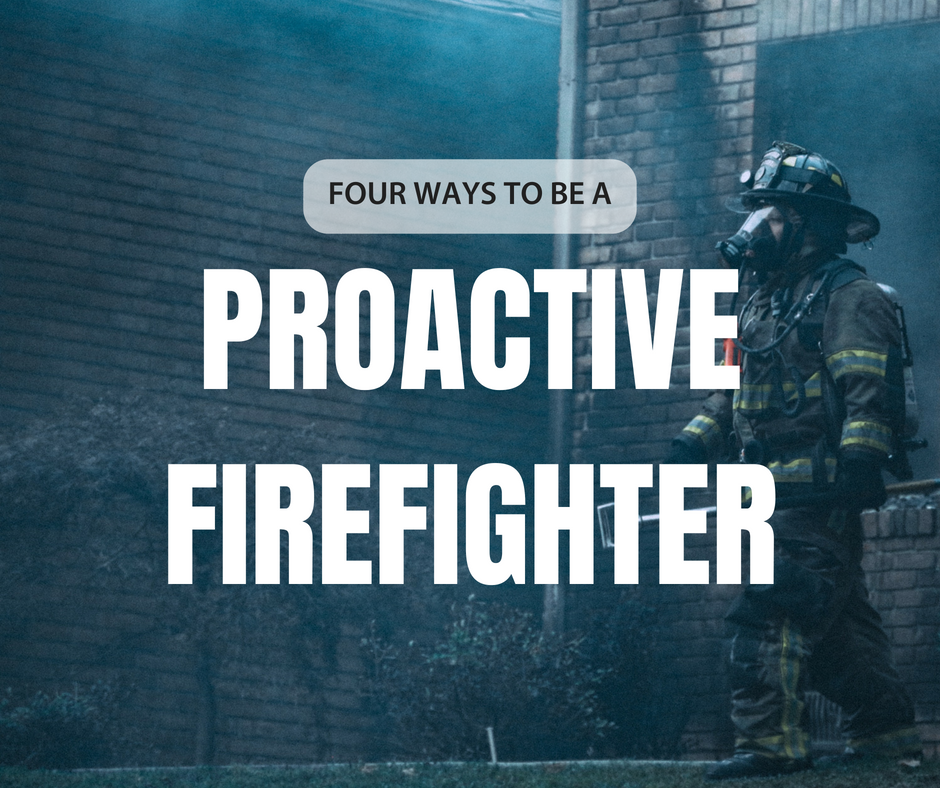Wildfires and Leadership
Last week, one of the largest wildfires in California’s history, and one of the most devastating in the history of the United States burned through forests, fields, homes, and other structures. The size of this fire was unusual, but not the fire itself. Right now is summertime in the Northern hemisphere, and we are in the middle of “fire season” when extreme heat and dry conditions combine to create the ideal condition for forest fires. All it takes is one lightning bolt or cigarette butt to start a disaster.
Leadership Fires
There are striking similarities between fighting forest fires and leading a team to accomplish a vision. Crisis can emerge like wildfire, destroying relationships and accomplishments in their path, with one difference: There is no special season for leadership fires. They can come unexpectedly at any time.
Firefighters and Leaders
Leaders have a lot to learn from professional and volunteer firefighters. These men and women have two main jobs to do. In California last week, they were fighting the fire while saving people and property – the reactive aspect of fighting fires. During the rest of the year, they work at preventing the next fire and preparing to fight – the proactive side of firefighting.
Unfortunately, leaders often spend most of their time reactively putting out fires in their leadership and miss the opportunity to work in prevention, vision, and other proactive practices to avoid the next crises.
Check out these four essential proactive practices that can help you as a leader avoid blazing fires in your leadership.
1. Gather Data. Churches and other places where the public gathers often get visits from the fire department. They make sure everything is up to code and gather information about meetings, building capacity, etc. If a fire breaks out, they will be ready to respond with the appropriate resources. Here at ILI, we have been striving to work with data instead of just our instinct or impressions. We collect all kinds of numbers and analyze them to establish where we are with our vision, goals, strategies, and resources.
2. Anticipate Crises. With forest fires, it is a matter of being prepared before the “fire season” starts. In leadership, we analyze the data and determine trends. In church, is attendance going up or down? How about giving, or engagement? Do we have the resources to manage upcoming growth? These questions can be answered with data. We can’t predict the future, but anticipating trends helps us respond before crises emerge.
3. Take Preventive Action. If a church doesn’t have the proper security elements to safely house 200 people, the fire marshal won’t let the meetings happen. As leaders, we can take corrective action, even “pull the plug” on some project before crises happen.
4. Respond Quickly. Having the best firefighting unit wouldn’t result in any benefits if it takes hours for them to get to the fire. In leadership, quick data-driven decision is essential when a crisis emerges – and they will happen sooner or later, even with the best prevention.
Year after year, we hear news of forest fires in different places in the world. We also hear about organizations and leaders who fail because when the fire crisis happens, they are unprepared. If your leadership is going through a time of peace and success, this is the time to be proactive and prepare for fires. Proactive practices like the ones outlined here can help avoid many crisis situations and prepare you to respond to the ones that cannot be avoided.














Data and information are essential for knowing how effective your organization or ministry is, but knowing the right data to measure is the most important key to your success.